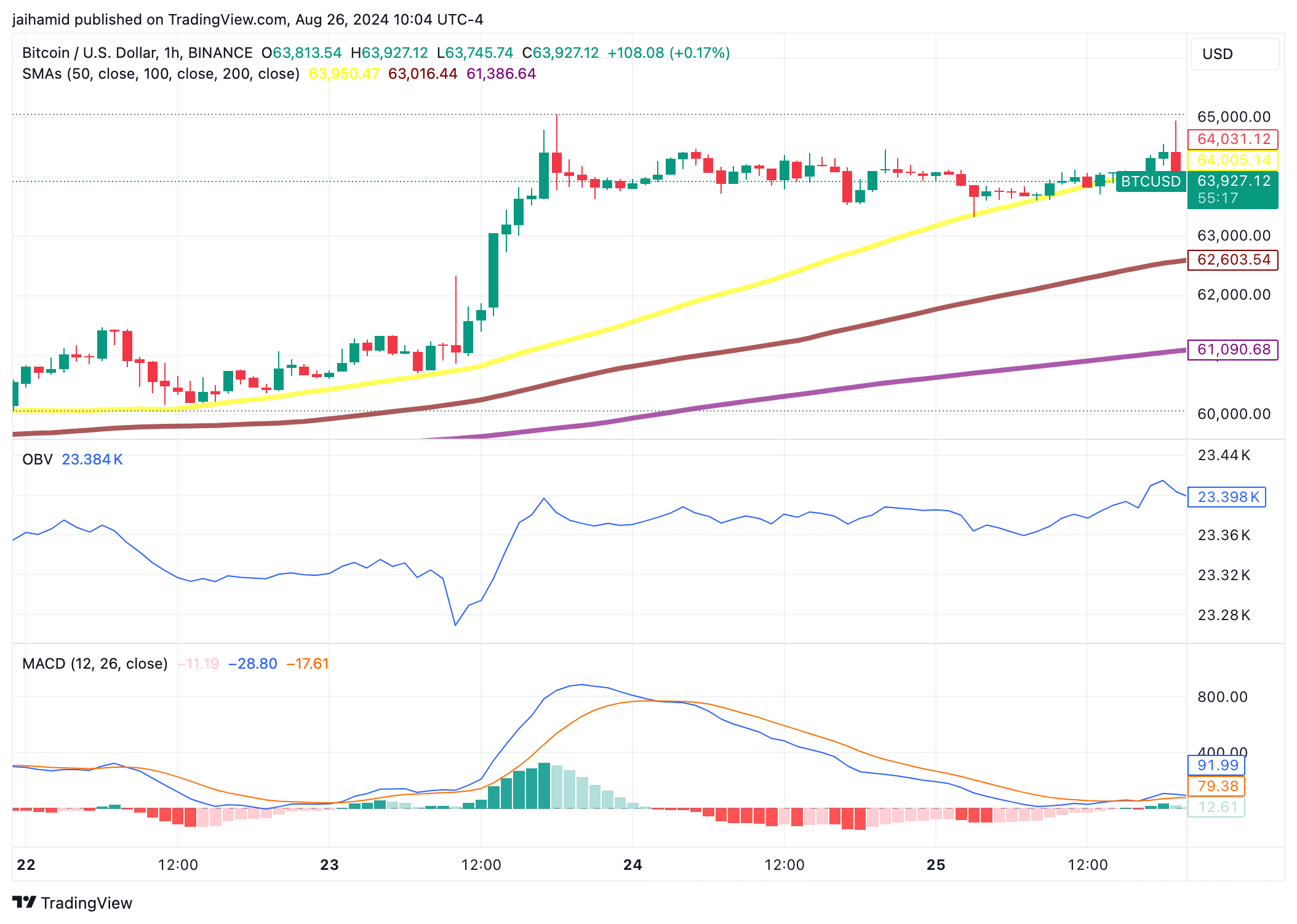In August, job growth in the United States increased, yet the unemployment rate rose to 3.8% while wage growth slowed. The data suggests that the job market might be softening, confirming expectations that the Federal Reserve won’t raise interest rates this month.
The Labor Department’s widely observed employment report revealed that 736,000 individuals joined the job market in the past month. That pushed the participation rate to its highest level in three and a half years, whereby it seems that worries about the economy slowing down are likely encouraging people to rejoin the workforce.
US economy generated fewer jobs in the last month
The economy generated 110,000 fewer jobs than initially reported for June and July. Some economists believe this indicates unaccounted-for business closures. This revelation coincided with the news that job openings hit a nearly two-and-a-half-year low in July.
In the last month, nonfarm payrolls grew by 187,000 jobs, following a 157,000 increase in July. Employment growth has tapered off somewhat, but it’s still comfortably above the approximately 100,000 monthly jobs needed to accommodate the growing working-age population.
In their forecasts, economists expected payrolls to expand by 170,000 jobs last month. However, the motion picture and sound recording industries saw a decline of 17,000 jobs due to a strike by Hollywood actors. Additionally, the bankruptcy of trucking firm Yellow in early August resulted in 37,000 job losses in the truck transportation sector. These were isolated incidents impacting employment.
Despite the reduced demand for labor, certain service sectors, such as healthcare, restaurants, bars, and hotels, are still struggling to find workers. August’s employment growth was primarily driven by the healthcare sector, which added 71,000 jobs across ambulatory services, hospitals, nursing, and residential care facilities. The leisure and hospitality sector saw an increase of 40,000 jobs, although it remains 290,000 below its pre-pandemic level. The construction industry added 22,000 jobs, and manufacturing payrolls rebounded with a gain of 16,000 jobs.
While employment in the professional and business services sector increased by 19,000, temporary help services, often seen as a sign of future hiring, continued to decline, losing 19,000 positions. The transportation and warehousing sector shed 34,000 jobs, influenced by the Yellow trucking company’s collapse and the loss of 9,000 courier and messenger jobs.
As restrictions eased, wage growth decelerated last month. On average, hourly earnings increased by 0.2%, marking the smallest increase since February 2022, following a 0.4% gain in July. Over the 12 months leading up to August, wages saw a 4.3% rise, down slightly from the 4.4% increase in July.
However, it’s worth noting that wages are still increasing at a rate that exceeds the Federal Reserve’s 2% target. With fewer individuals leaving their jobs for better opportunities, wage growth might continue to trend downward.
Fed rate hikes to pause
Since March 2022, the Federal Reserve has raised its policy rate by 525 basis points, bringing it to the current range of 5.25% to 5.50%. Financial markets are now indicating that the central bank might be finished with rate hikes and could potentially start cutting rates next year, as suggested by CME Group’s FedWatch Tool. Futures linked to the Fed’s policy rate only show a slight possibility of a rate hike at the September 19-20 meeting.
The details of the household survey, which contributes to the unemployment rate calculation, were a bit mixed. Household employment increased by 222,000, which was insufficient to accommodate the 736,000 individuals who entered the workforce. Consequently, the unemployment rate rose to 3.8%, the highest level since February 2022, when the Fed began its rate hikes, up from 3.5% in July.
Notably, the jobless rate is still below the Federal Reserve’s most recent median estimate of 4.1% by the fourth quarter of this year, whereby the increase in the unemployment rate was primarily among young adults.
Sung Won Sohn, a finance and economics professor at Loyola Marymount University in Los Angeles, commented that despite the recent progress in slowing price increases, the tight job market with a 3.8 percent unemployment rate doesn’t provide much comfort to policymakers.
The labor force participation rate, which measures the proportion of working-age Americans who are employed or actively seeking employment, rose to 62.8%. The rate was the highest since February 2020, up from 62.6% in July. Additionally, there was an increase in the number of unemployed Americans experiencing extended periods of joblessness, and more people were working part-time for economic reasons in the last month.





